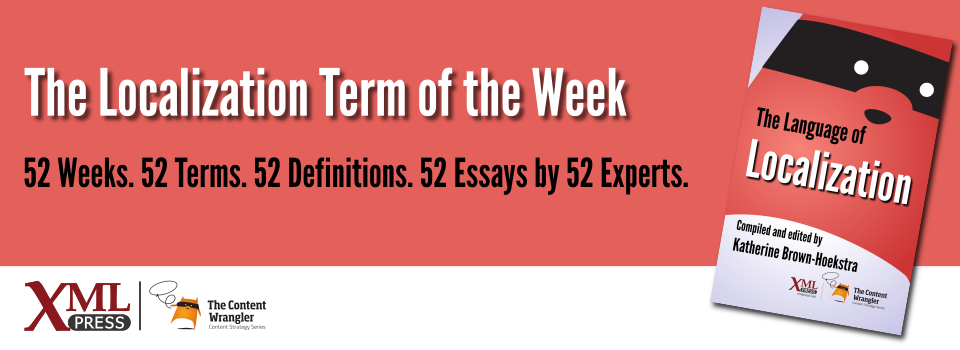What is it?
A process by which content – online, in print, in software, or in other types of media – is made world ready, so it can be localized with minimal rewriting, redesigning, or re-engineering.
Why is it important?
Helps organizations save significant time and resources by creating world-ready architecture and content before moving on to localization and translation.
...continue reading "Term of the Week: Internationalization (i18n)"
